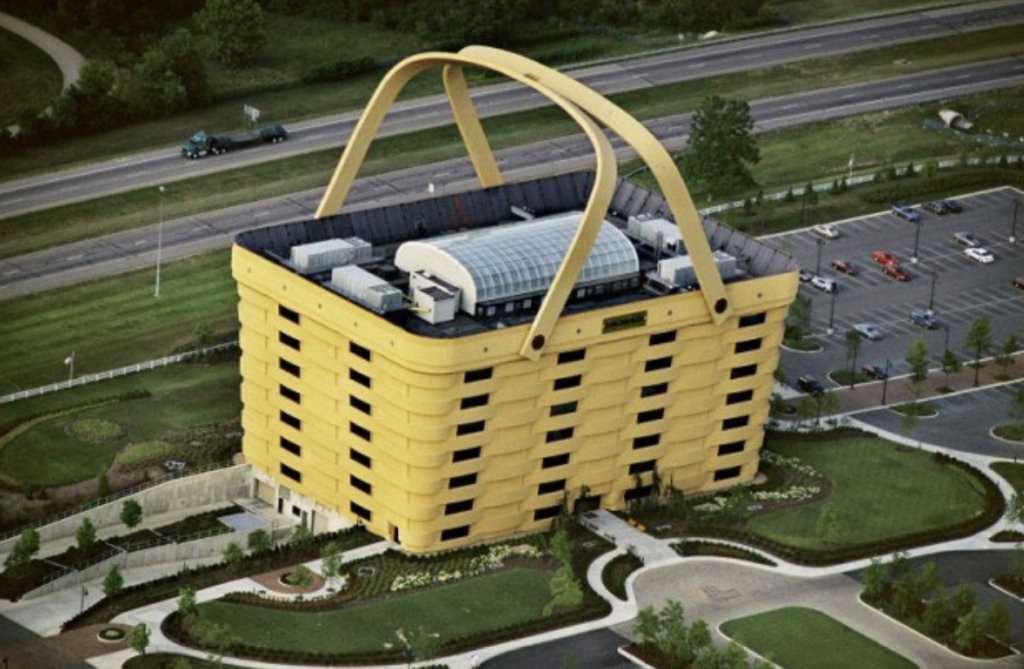Place
the place has an important role on the building. over the israel, architects have discovered different relations between the construction and its surrounding.
Relation of contrast – where the building is absolutely “against” or in contrary of its surrounding.
Relation of camouflage – when the construction is merging with its souring. in my opinion , the is one of the best relation in architecture, as the building uses its environment and emphasizes it more rather than standing out as a concrete monster.
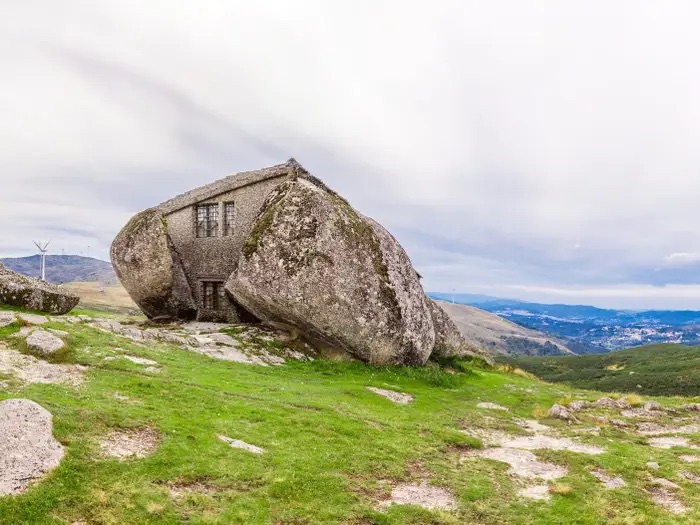
Relation of organicism – the connection between the architecture, the construction and the nature. the way of how the house is leaning on nature and embrace it.
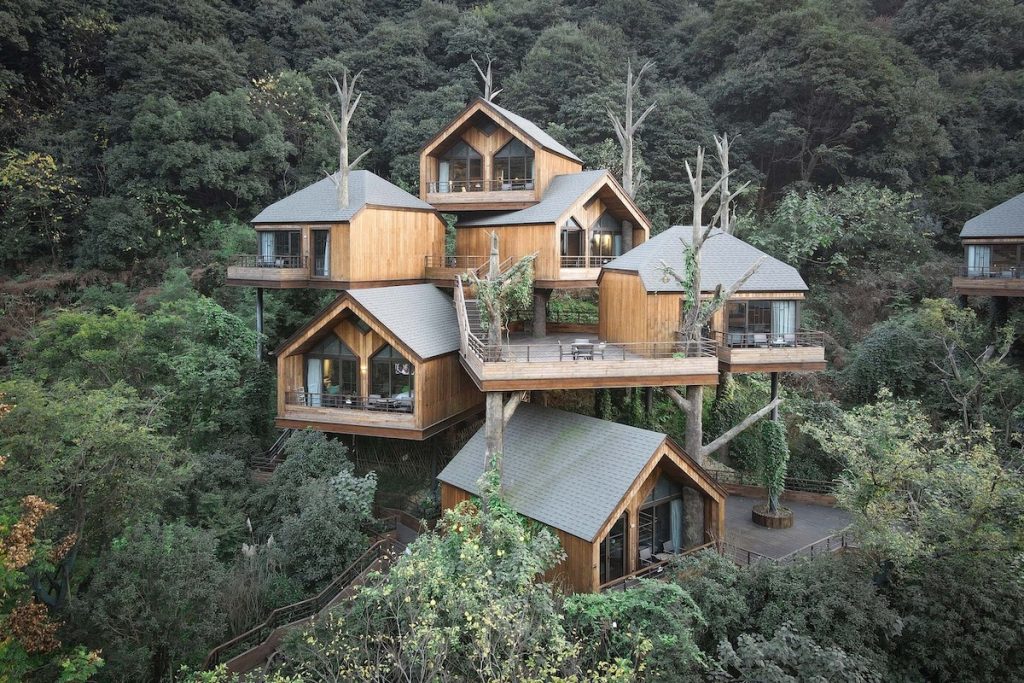
Relation of contextualism – again – it related to all what we have mentioned before – this topic also talks about the connection of the building with it surrounding. Taking in account the feathers that are already exists and develop a building from them.
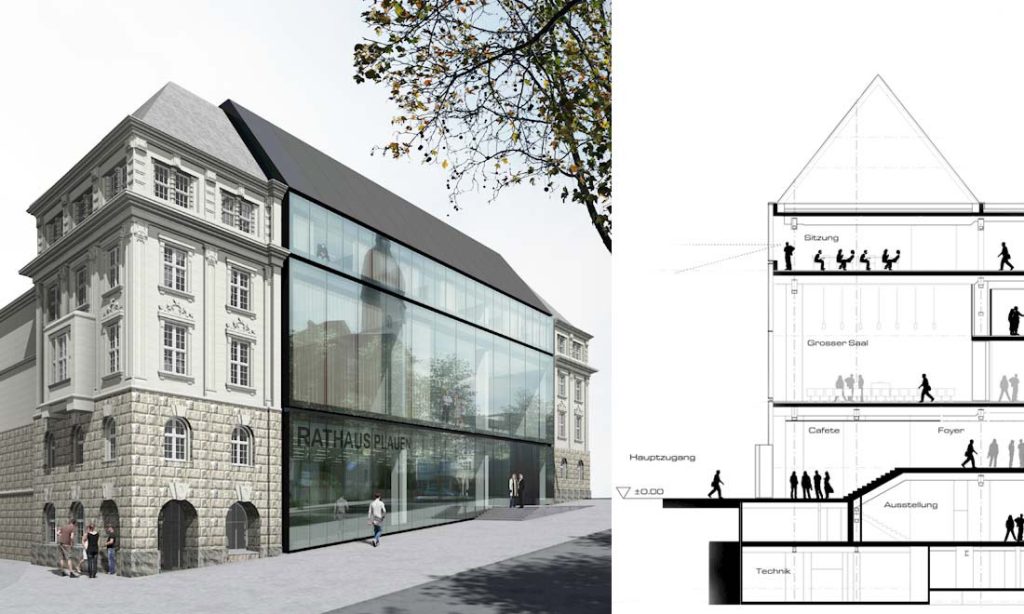
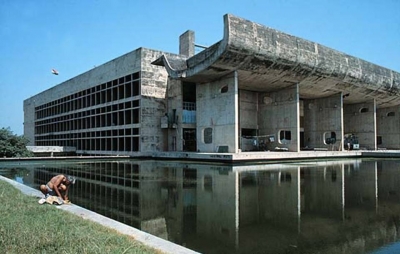
space
Talking about architecture without talking about space is impossible. by building only one wall we have created a new space around it. there are few different concepts related to space.
The classic space feathers are close and compact as the buildings were built with giant thick walls without leaving many space. Also, these kind of spaces were characterized with at least one axis of symmetry.
Spaces without a centre – the Tatami method for example – method of rectangular rugs used as a floor covering in Japanese houses.
Modern spaces movement believe in breaking the “normal” wall and give the space flow with horizontal and vertical connection.
In a personal point of view, I remember visiting in my Argentinian grandparents house in Jerusalem, Israel – in front of the entrance door, they had a big white wall with a closet attached to it. My grandmother, alongside with the architect – decided to re-shape and do horizontal rectangular cubes connection between this wall and the living room, which created flow, connection and a larger living space. And also kind of artistic vibe of the house.
Contemporary space is a modern space building method which allows the buildr to “lose” the horizontal straight line and curve it. This method of building gives the space a continuous unique flow that one can not have in a “normal” space.
form
In the topic of form, we have different and important elements forming the complete structure. these elements are giving the structure its uniqueness and identity. I have written extensively about a project I chose and its elements, from the architect Goni Dagan from Israel in the tab PA5. Interpreting Architecture.
The main elements that participating with the process of making the form are :
Rhythm -Repetition of shapes in space /room /element.
Axis -Linear element that marks a direction and distributes the space or elements around it.
Symmetry -Repetitive arrangement parts, points or figures in relation to a centre, axis or plan.
Hierarchy -Relationship of elements over others based on an established approach.
Module -A unitary element which is repeated on the same scale or at different scales.
Grid -Composition based on a net of axes.
Movement -Especially in modern architecture. The irregularity of forms inspire by the idea of movement.
Unity -The relationship and dependency of parts to the whole.
Centrality -Organization of space around a center that creates attraction towards it. Could be a center in the shape of a circle, rectangular and more.
Balancing – static equilibrium and dynamic equilibrium, which represent both method of relationship between elements and composition.
Limits -It is the edge of things – composition, elements and more.
Light -The light plays crucial role in architecture. the shadows, directions and points of lights can determine feelings, objects and shapes.
Contrast -Contraposition of elements on the basis one element or more.
Colour – The colour of things and its affection on the construction.
Texture -the Surfaces of the different elements.
Proportion -The relation of dimensions according to mathematical or geometric rules.
Scale -Relation between the size of the building and the size of the human being.
function
Mechanical Functionalism – the form is not the goal but the result of the work. the constructions gets its elements, shape and functionality by the cause and need while happening.
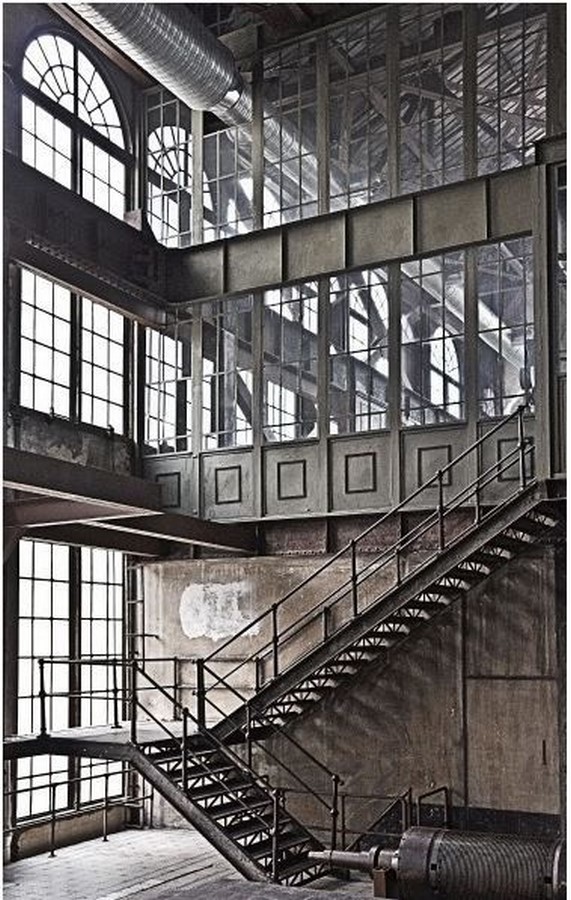
Organic Functionalism – The form takes on a “biological sense” and forms itself to/ for the living functions due to human activities.
Moralistic Functionalism – The form of the structure must be exactly what they appear to be. The structure has a purpose and its shape should represent it the best way.
